Are you interested in exploring historic homes? Here are the must-see historic houses in Salzburg:
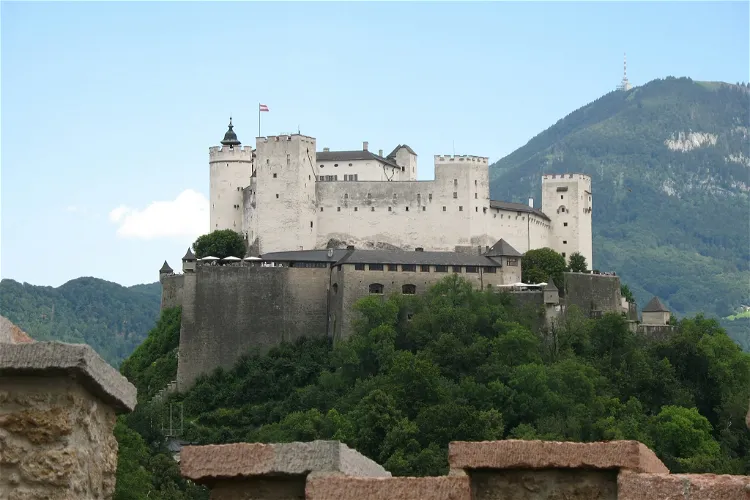
Hohensalzburg Castle
SalzburgHohensalzburg Fortress, also known as Festung Hohensalzburg, is a significant historical site located in Salzburg, Austria. This medieval fortress is situated atop the Festungsberg mountain, providing a panoramic view of the city. It is one of the largest medieval castles in Europe, making it a notable landmark for visitors.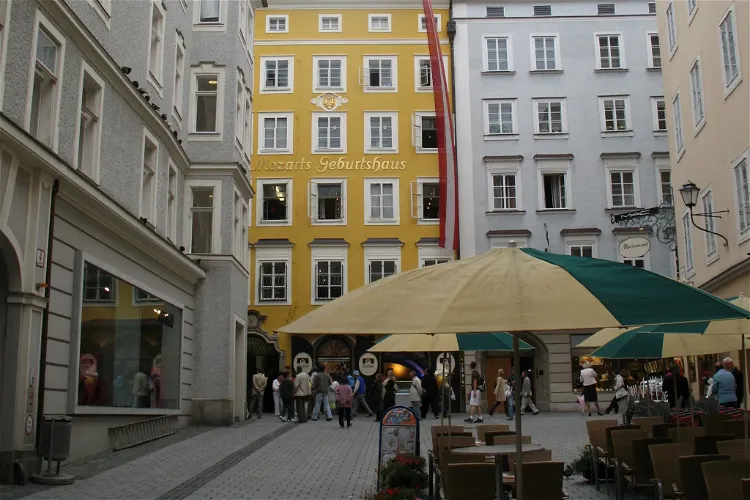
Mozart's Birthplace
SalzburgMozart's birthplace, known as Mozarts Geburtshaus or Hagenauerhaus, is situated at No. 9 Getreidegasse in Salzburg, Austria. This is the very place where the renowned composer Wolfgang Amadeus Mozart was born on 27 January 1756. The Mozart family lived on the third floor of this building from 1747 to 1773.
Mozart Residence
SalzburgMozarts Wohnhaus, also known as Tanzmeisterhaus, is a museum located in Salzburg, Austria. This museum is dedicated to the life and works of the renowned composer, Wolfgang Amadeus Mozart, and his family. The Mozart family resided in this house from 1773 to 1780. Visitors can explore the history of Mozart and his family, gaining insights into their lives during the 18th century.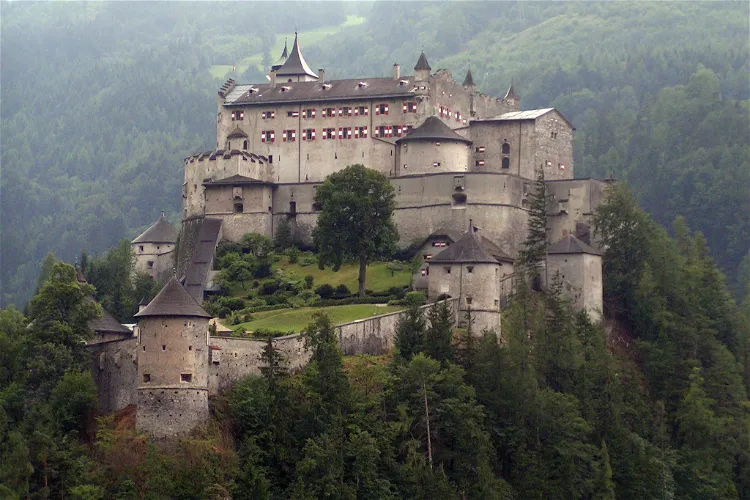
Hohenwerfen Castle
SchlamingHohenwerfen Castle is a medieval rock castle that stands majestically on a 623-metre precipice. It overlooks the Austrian market town of Werfen in the Salzach valley, which is approximately 40 kilometres south of Salzburg. The castle's location offers breathtaking views of the surrounding landscape, making it a popular destination for tourists.
DomQuartier Salzburg
SalzburgThe DomQuartier Salzburg, established in 2014, is a museum complex located in the city of Salzburg. It offers a unique blend of architectural structures and a display of both secular and sacred art collections centered around the Salzburg Cathedral and the Cathedral Square. The establishment of the DomQuartier has made several previously inaccessible areas open to the public.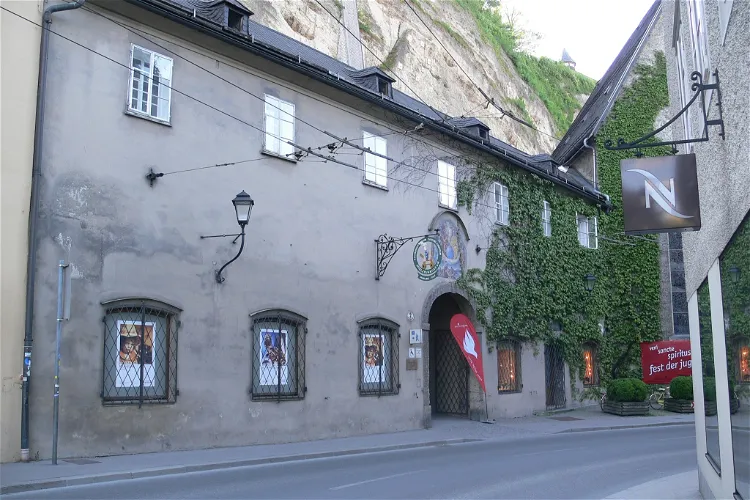
Toy Museum Salzburg
SalzburgThe Salzburg Toy Museum, also known as Sammlung Folk, is situated in a historic building from the 16th century. This building, once the Bürgerspital, is located next to the Bürgerspitalkirche St. Blasius in Salzburg. The museum's location adds a touch of historical charm to the experience of exploring the world of toys.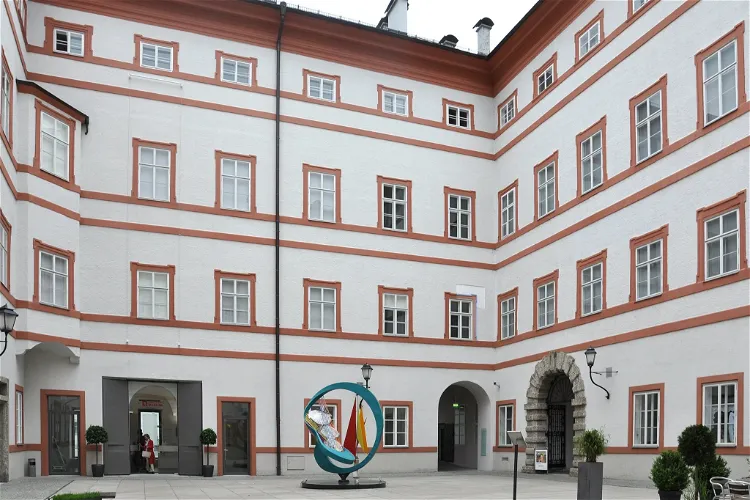
Salzburg Museum
SalzburgThe Salzburg Museum, located in the Neue Residenz, is a significant institution that showcases the artistic and cultural history of Salzburg city and its surrounding region in Austria. Since its relocation in 2005, the museum has continued to serve as a vital cultural hub, offering visitors a comprehensive insight into the rich history and artistic heritage of Salzburg.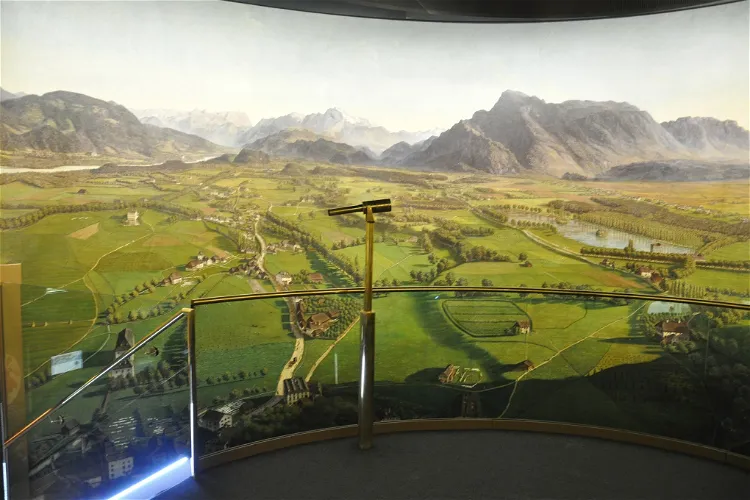
Panorama Museum Salzburg
SalzburgThe Panorama Museum Salzburg is a significant part of the Salzburg Museum, located in the Neue Residenz in the Salzburg Old Town. This location is steeped in history and offers a unique setting for the museum. Visitors can explore the museum within the context of the broader Salzburg Museum, providing a comprehensive cultural experience.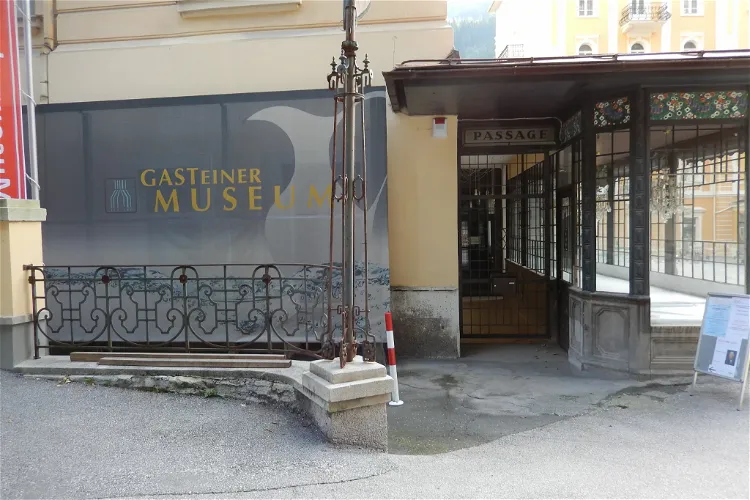
Gasteiner Museum
BadbergThe Gasteiner Museum, located in the Grand Hotel de l’Europe since 2011, is dedicated to showcasing the history of the spa in Bad Gastein, a town in the state of Salzburg. The museum provides a unique opportunity for visitors to delve into the rich history of the spa and its significance to the town and the region.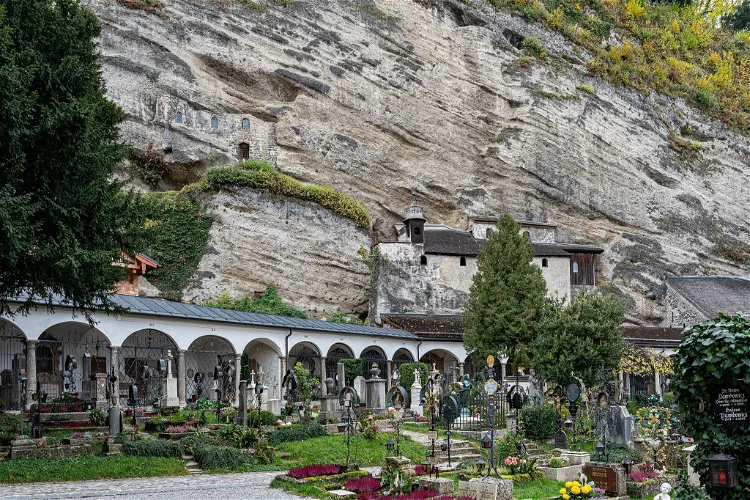
Katakomben Salzburg
SalzburgThe catacombs of Salzburg, situated on the edge of the Petersfriedhof, are a significant historical site. They were carved into the Festungsberg, a mountain in Salzburg, and are believed to be of late antique-early Christian origin. Despite their name, these catacombs were not used as burial sites but likely served as early Christian meeting places.
Mauterndorf Castle
MauterndorfMauterndorf Castle, a historical monument in the Austrian state of Salzburg, is situated at an impressive altitude of 1,138 metres. This location not only provides a unique historical experience but also offers breathtaking views of the surrounding landscape. The castle is located in the municipality of Mauterndorf, making it easily accessible for tourists.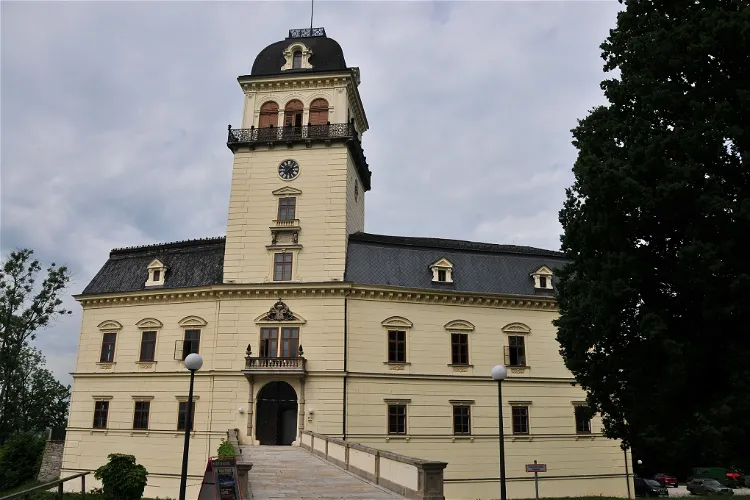
Schloss Tollet
LahofSchloss Tollet is a Renaissance castle situated in the municipality of Tollet. It is located two kilometers northwest of Grieskirchen. This historical site offers a glimpse into the past, showcasing the architectural style of the Renaissance period. Visitors can explore the castle and its surroundings, immersing themselves in the rich history of the region.
Museum Burg Golling
TorrenIn 1971, a museum was established within the castle, offering visitors a glimpse into the castle's rich history. The museum also showcases fossil finds from the surrounding area, providing a unique opportunity to learn about the region's geological past. This combination of history and science makes the museum a compelling attraction for tourists.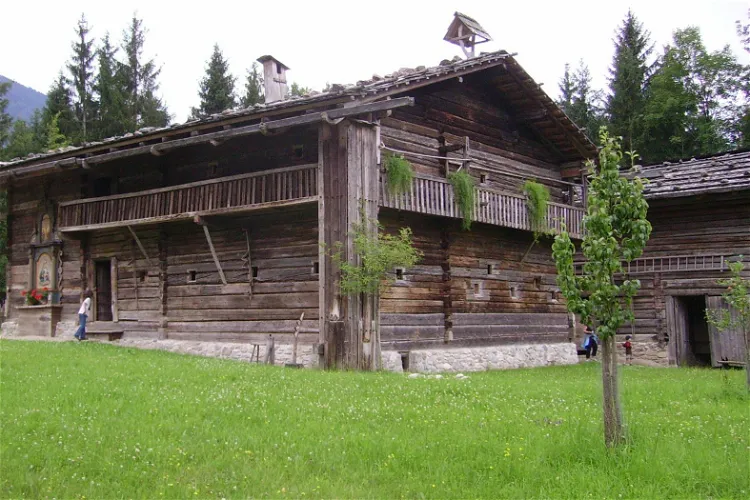
Salzburg Open Air Museum
GroßgmainThe Salzburg Open Air Museum is situated in the state of Salzburg, approximately 15 km southwest of the city of Salzburg. It is nestled in the municipality of Großgmain, close to the German-Austrian border. This location makes it easily accessible for tourists coming from both Austria and Germany.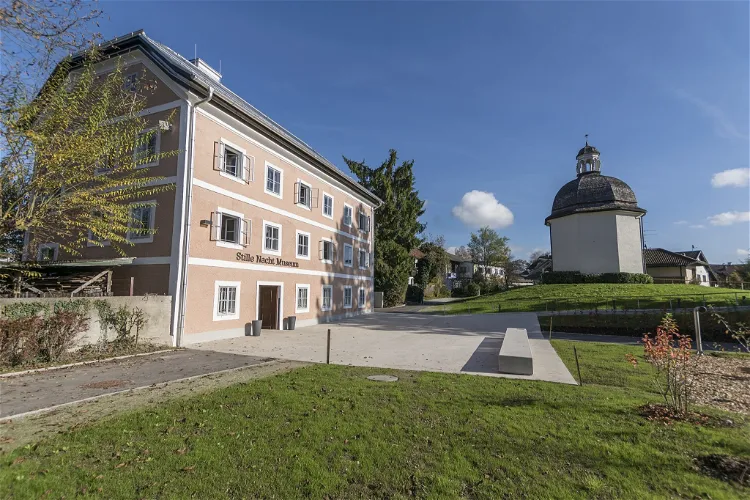
Stille Nacht Museum
SalzburgThe Stille-Nacht & Heimatmuseum is a regional museum situated in Oberndorf bei Salzburg, Austria. The museum's primary focus is on the history of the globally renowned Christmas carol, 'Silent Night'. It provides an in-depth exploration of the song's origins and its cultural significance over the years.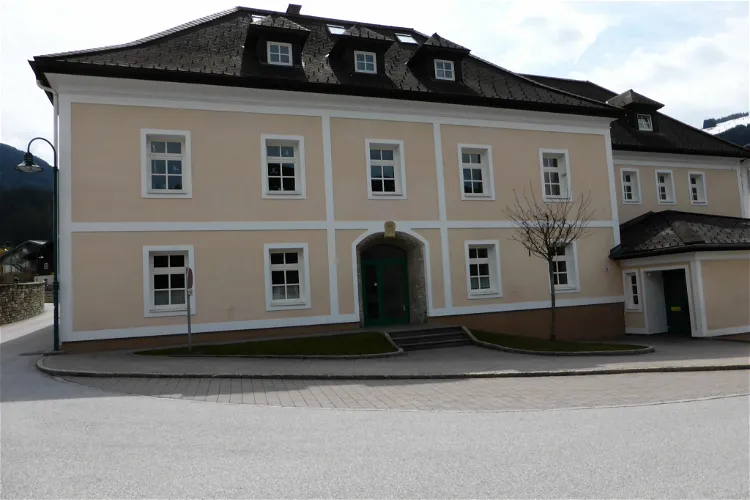
Waggerl Museum
KirchbodenKarl Heinrich Waggerl, the namesake of the Waggerl Museum, was an Austrian writer born in Bad Gastein on December 10, 1897. He passed away in Wagrain on November 4, 1973. His life and works are a significant part of the museum's exhibits.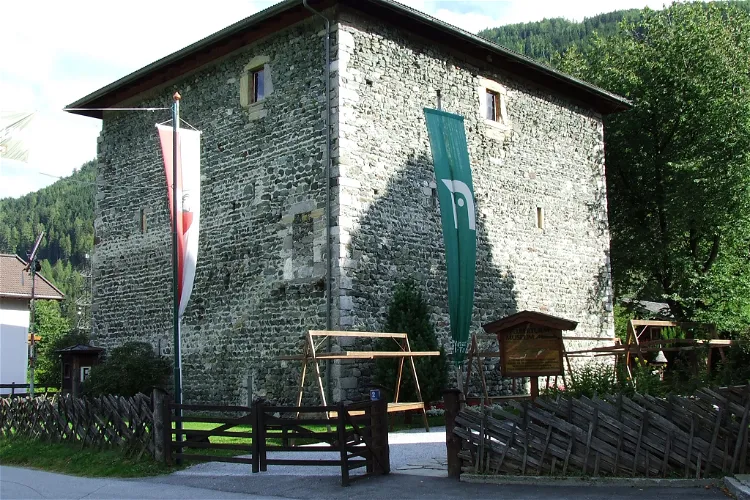
Felberturm Museum
MittersillThe Felberturm, also known as Burgruine Felben or Velben-Kasten, is a historical site located in the Felben district of the municipality of Mittersill in the Zell am See district in Pinzgau in the state of Salzburg. The tower is part of a typical small castle complex in Pinzgau, of which only the Weyerturm in Bramberg am Wildkogel remains in addition to this one. The tower was probably built in the first half of the 12th century and was home to the family of the Lords of Velben.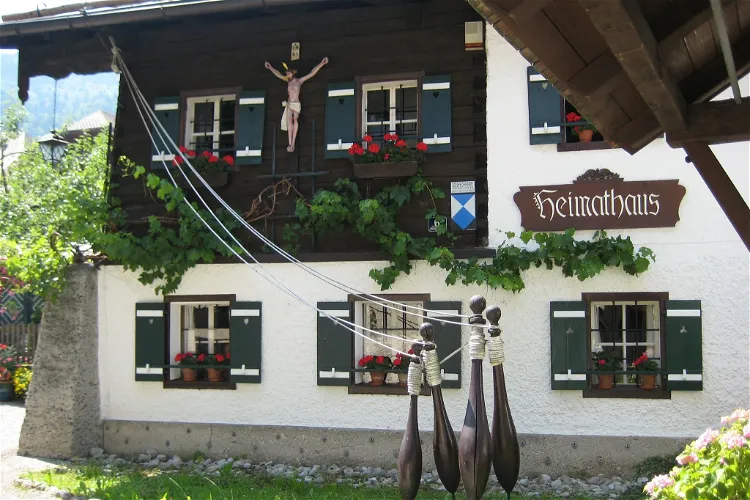
Heimatkundliches Museum St. Gilgen
Sankt GilgenThe Heimatkundliches Museum Sankt Gilgen is a local history museum situated in the municipality of Sankt Gilgen, within the Salzburg-Umgebung district. This museum is housed in a building that is protected as a historical monument, adding to its cultural and historical significance.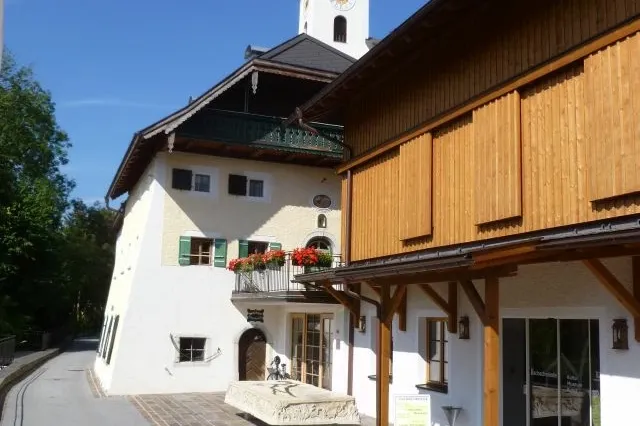
Die Bachschmiede
WalsDie Bachschmiede is a cultural center and museum located in the Austrian community of Wals-Siezenheim. It was officially opened to the public in 2008. The center offers a unique blend of history and culture, making it an interesting destination for tourists.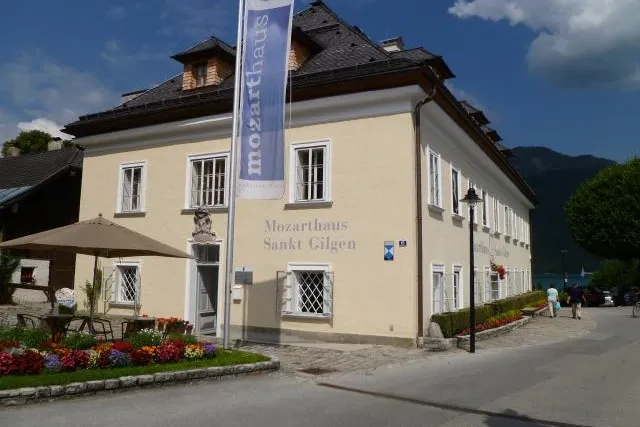
Mozarthaus St. Gilgen
Sankt GilgenMozarthaus St. Gilgen is a significant monument located in St. Gilgen, Salzburg. This historical building is dedicated to the memory of Wolfgang Amadeus Mozart's mother, Anna Maria Walburga Mozart, and his older sister, Maria Anna Ignatia, also known as Nannerl. The house serves as a testament to the Mozart family's history and their connection to the region.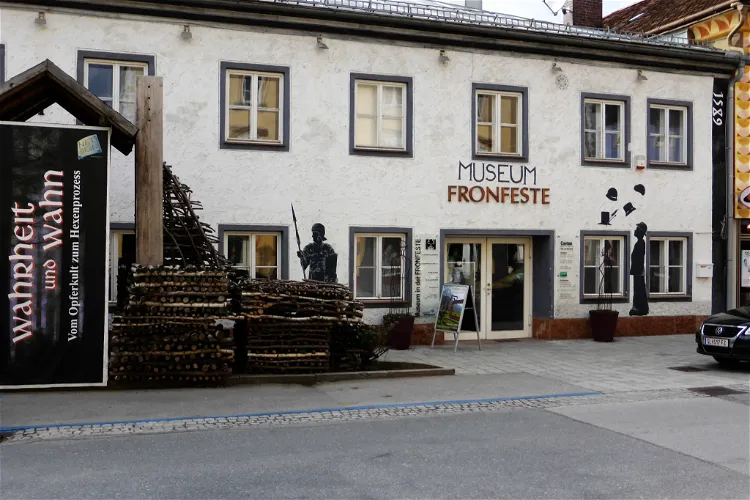
Museum Fronfeste
Neumarkt am WallerseeThe Museum Fronfeste is situated in the heart of the town of Neumarkt am Wallersee, in the Flachgau region of Salzburg. Its address is Hauptstraße 27. This location makes it easily accessible for tourists visiting the area.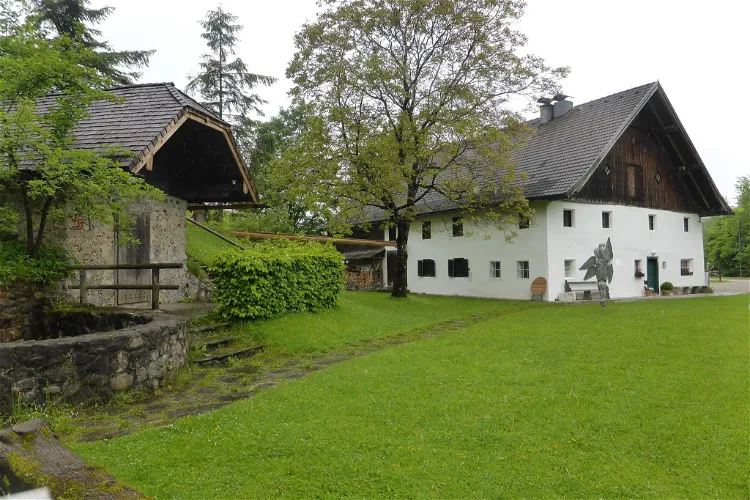
Die Hundsmarktmühle
EggDie Hundsmarktmühle is a historical mill from the 16th century, located in the Salzburg municipality of Thalgau, near Fuschlsee. This mill has been converted into a museum and is a listed monument, making it a significant part of the region's cultural heritage.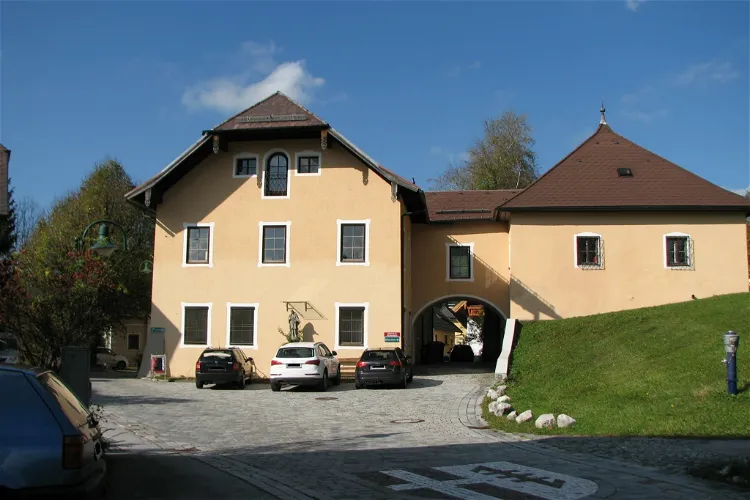
Museum im Fürstenstöckl
VorderschroffenauThe Fürstenstöckl Ebenau is a local museum situated in the municipality of Ebenau, within the Salzburg-Umgebung district in the state of Salzburg. This location is ideal for tourists who are interested in exploring the rich history and culture of the region.
Stiftsmuseum Mattsee
MattseeStift Mattsee, located in Mattsee, Austria, is a collegiate church that has been in existence since around 1045. It holds the distinction of being the oldest existing community of secular priests in Austria. This historical significance adds a unique charm to the place, making it a point of interest for those who appreciate history and architecture.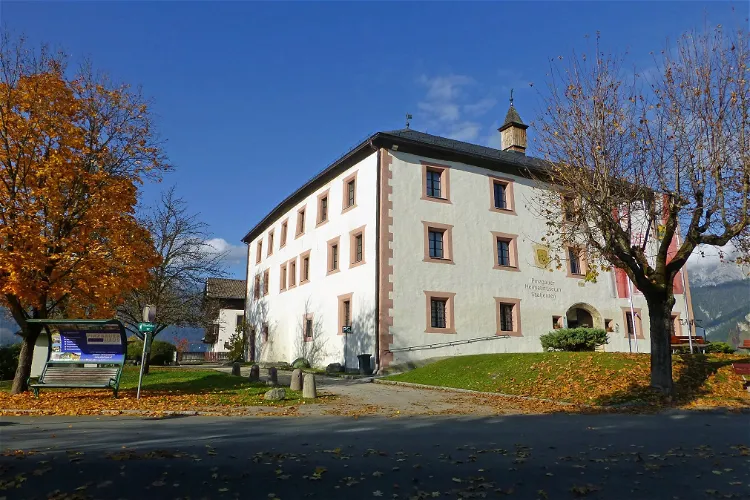
Museum Castel Ritzen
Saalfelden am Steinernen MeerAfter coming into public ownership, Schloss Ritzen and its remaining historical structures underwent restoration and renovation. This process also involved the construction of some additional and connecting buildings, further enhancing the castle's architectural complexity and appeal.